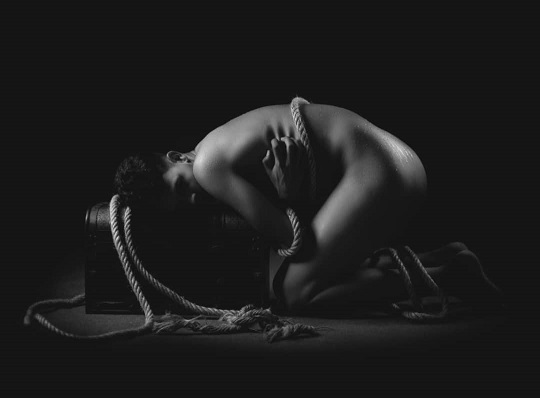
Can an image convey a mood? Illustrate passion? Talk? Yes, it can. There are people who master the "magic" of pressing the shutter and surprising you. One of those beings is Yoandry Sardiña, whose exotic photographs have earned him national and international prestige, precisely from the Balcony of Eastern Cuba.
Clients arrive at his studio, located at Calle Nicolás Heredia 44 A, between Francisco Vega and Lorenzo Ortiz, knowing that they will receive a unique service. And the fact is that the snapshots of this young man do not usually resemble each other, in addition to the added value of the creativity with which they are worked, thanks to the mastery of technological benefits, without thereby removing the quality of the rough diamond. In other words, the intentionality of the artist is glimpsed, because, beyond a 15-year-old photographer, Yoandry is an artist.
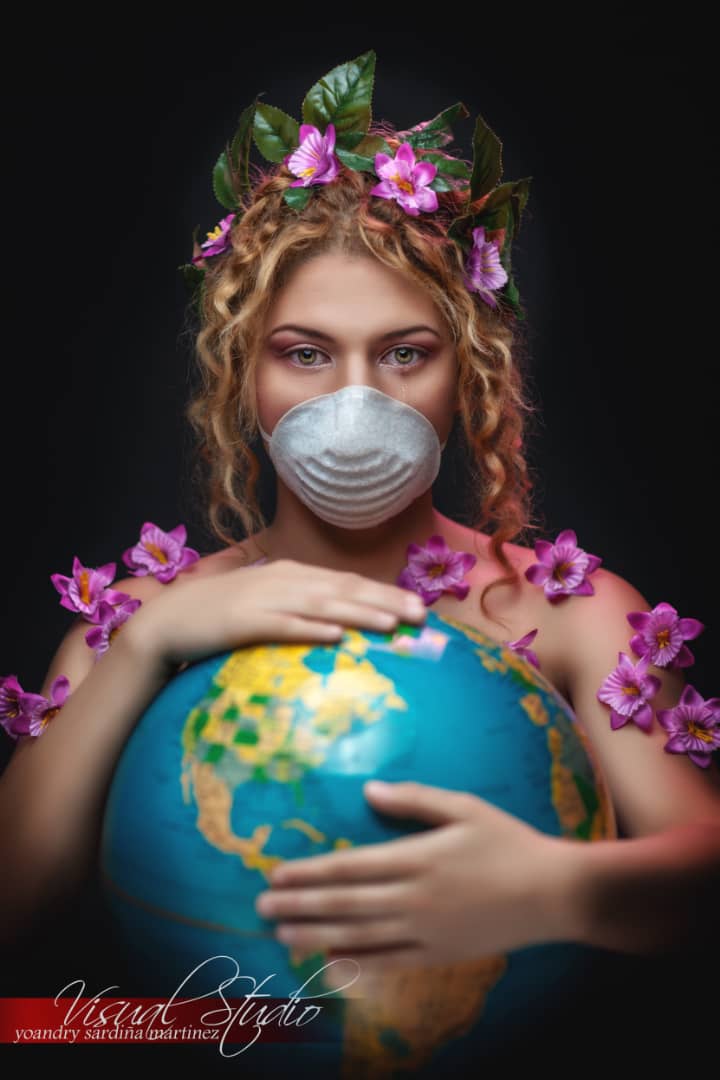 - How did your interest in photography arise?
- How did your interest in photography arise?
I started to be interested when I was 15 years old, in Secondary School. From the beginning, I knew it was a world in which I could create. I remember that I hardly went outside to play like other children, I preferred to stay next to the computer that, at that time, was super old, with a black and white monitor. I started working on the first versions of Adobe Photoshop and discovering its potentialities.
At that time I did not have a camera nor did I dream of one day having one, but I already manipulated photos, studied them and saw how far one could go with an image. That's where it all started, although art as such always caught my attention.
- Did you study any artistic expression?
As a child, I studied music in a self-taught way, with singer-songwriters Norge Batista and Freddy Laffita. I played guitar for years and discovered that art is one. Art is creating. When you have that sensitivity, horizons open.
I also approached painting with the help of plastic artists from Las Tunas. But I studied Electronics and I worked in the Electro-medicine center. This is how I learned to fix cameras. But I did not abandon my experimentation with Photoshop, I even fixed photos of friends and did other things.
Then, I worked jewelry, while surpassing myself in my true passion. Finally, the Cuban Association of Social Communicators (ACCS in Spanish) gave a course, and then I knew that I wanted to dedicate myself professionally to photography. Months later, with the help of an Italian friend, I started the project.
- What do you think is the essence of the photograph of 15?
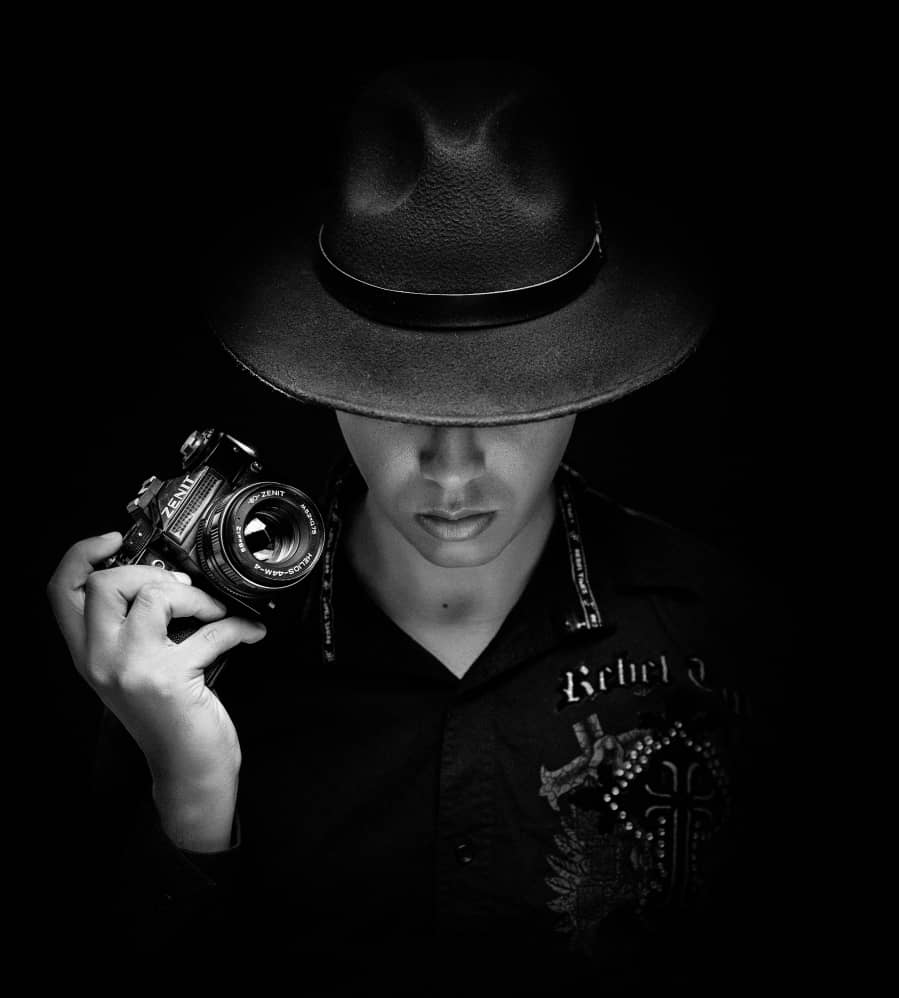 The idea of these snapshots, from my point of view, is to leave a pleasant memory of that stage of life, both in girls and in boys, because currently in the latter case certain prejudices have been broken. At first, it has the function of documenting that period of existence, but there are many ways to do it.
The idea of these snapshots, from my point of view, is to leave a pleasant memory of that stage of life, both in girls and in boys, because currently in the latter case certain prejudices have been broken. At first, it has the function of documenting that period of existence, but there are many ways to do it.
For example, I like to capture the natural, when people do not have to make an effort to be the way they really are, whether happy, sad, serious ... That is one of the hallmarks of my work, apart from working with color. Expression, costume, and color are three basic things. Also, and very important, light. With these four components, each lens professional can achieve his own style.
- However, not everyone is committed to the singular, to creativity...
Yes, in some places the photography of 15 has become somewhat mechanical, where the artistic part is not looked at, but the economic one. But there are always ways to make a difference and, without straying from the essence of the moment, not falling into the cliché. That goes both for the photo of the honoree (or) and for the family.
- In all your photos there are messages, is that a purpose?
Yes, my purpose is that the work expresses something, awakens some kind of sensation, or transmits an emotion. For example, in my photo of the lady with the little girl (based on Renaissance painting, with a range of warm colors) I wanted to project how a grandmother takes care of her grandson, the protective and sacrificial character, that love that puts the interests of the offspring before yours.
Work is made when something is transmitted on a sensory or psychological level. If in an image someone appears digging their nails into his skin, you may think that he is not satisfied with his body, life, or sexuality; that speaks.
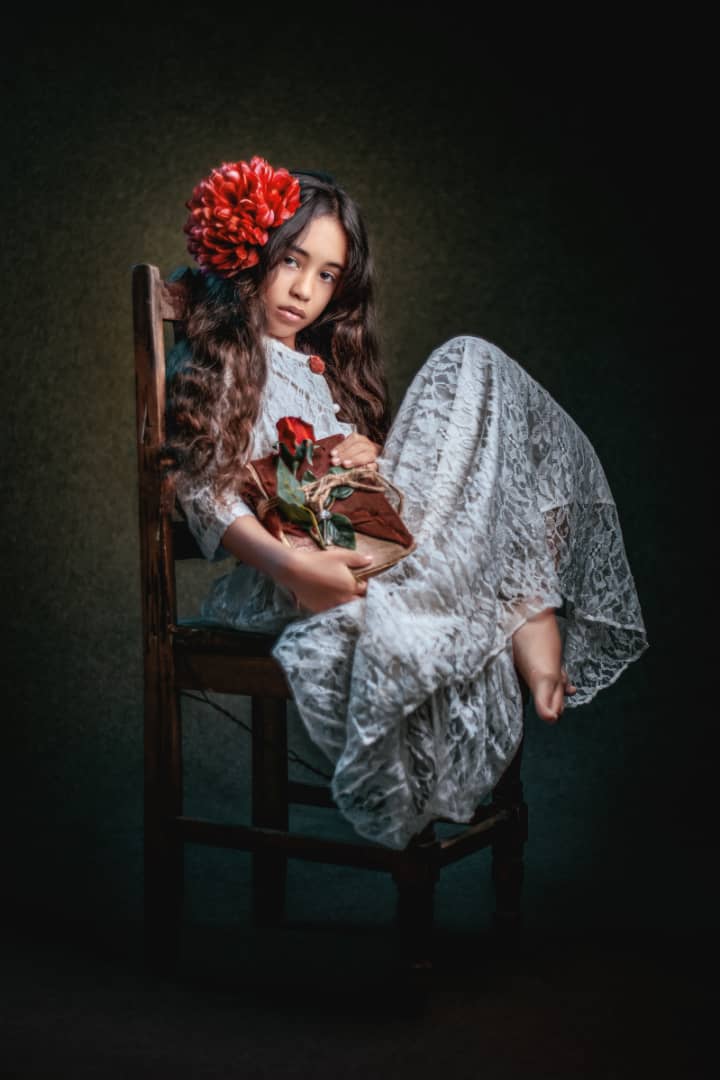 - What are the ingredients to be a good photographer?
- What are the ingredients to be a good photographer?
The study, take lots of pictures, read and always be ready to learn. The ego cannot overshadow the reception of new ideas. Humility is important. A photographer always has to be receptive.
- What do you think has been gained and lost with the move from traditional to digital photography?
Much has been lost, but much has been gained. We lost the great masters of antiquity, that sensitivity of appreciating good work in times when resources were scarce. Now there are colleagues who dominate other fields such as painting or fashion. Every photographer has his secret.
Today as anyone has a camera, a cell phone, or a tablet, there are those who devalue us, but not everyone takes a good photo. However, I think that we have gained creativity from digital potentialities, which broaden the spectrum of options. Processes that were very complex before are now simple. We gain in skill, time savings, in new styles ...
But we continue to evolve and we must update. Some time ago everything was photomontage, which I have never liked. The actual photography, taken from the camera, I think is here to stay. Currently, in Cuba, there are great masters of photography. The best is sometimes the least known.
- In your walk down this path, you have achieved valuable awards ...
Yes, I already have some such as recognition at the International Photography Awards, held in 2020, based in Moscow, Russia. It all started from a group on WhatsApp, which later expanded on Telegram and is called Enfoque Cubano (Cuban Approach). There they talk about many things, from technical issues to how to get a model. That's how I found out about the contest and a little incredulous I introduced myself.
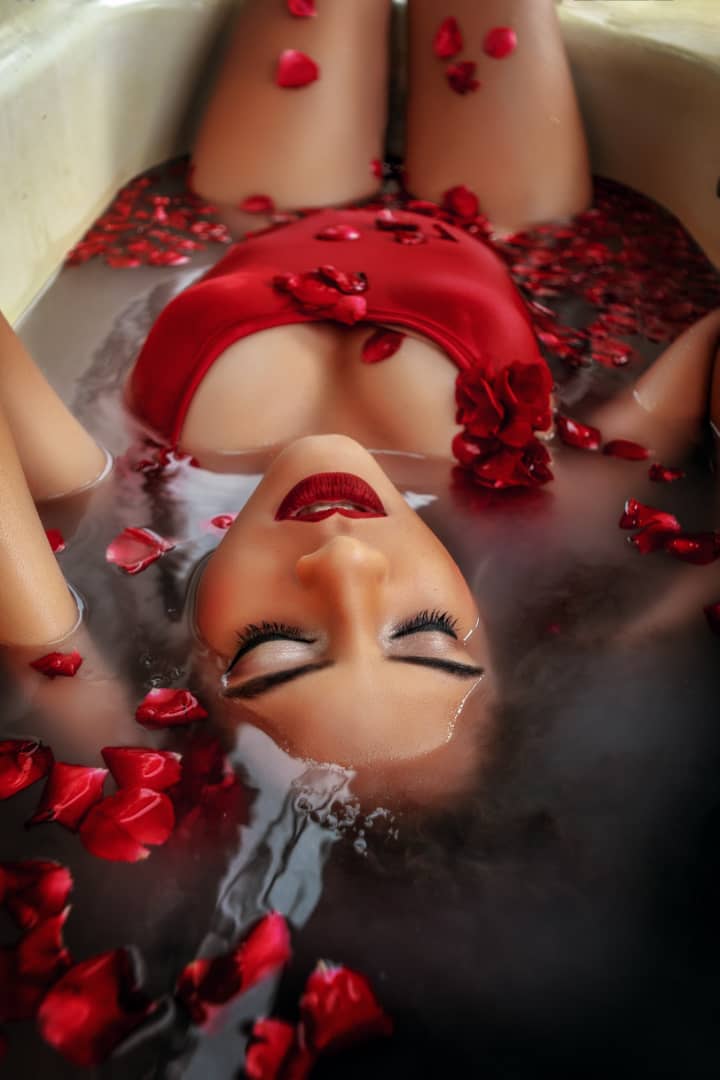 I competed in a studio portrait, with three photos. The next day, I saw that it had great acceptance by the jury, made up of photographers from all over the world. In a short time, they became top photographs and they let me upload up to six photos until I reached the Top 6, which means a lot to any professional in our branch.
I competed in a studio portrait, with three photos. The next day, I saw that it had great acceptance by the jury, made up of photographers from all over the world. In a short time, they became top photographs and they let me upload up to six photos until I reached the Top 6, which means a lot to any professional in our branch.
More than 12 thousand photographers from different parts of the world participated in this contest. One of the most contested modalities was the one I participated in, named Portrait of a Woman. Of all those who participated, only 5,591 colleagues, from 132 countries, were selected to go to the final. As finalist works, 15,369 photographs were presented. The evaluation works by Top, they call it Top of the 100 best photographers in the world, that is, it is from one to 100, the lower the top, the better your work. When you see the prevailing quality it is incredible; a great achievement to have participated.
I also got a special mention for creativity in a competition dedicated to ballet (especially to the figure of Prima Ballerina Assoluta Alicia Alonso), which was based in Villa Clara, among other awards. I have done work for the Provincial Committee of the Union of Writers and Artists of Cuba (Uneac in Spanish) and the Hermanos Saíz Association (AHS in Spanish), used in brochures and to accompany poems, and I have illustrated album covers of some singers. My works have appeared in magazines such as Venus Gallery, highlighting Cuban photography. Although I have not done exhibitions yet, that is one of my projects.
- What are your references?
The Cuban Alberto Korda. Korda with his photo of Che (The Heroic Guerrilla) and other such good ones made to Fidel Castro. Jewish American Spencer Tunick, famous for photographing masses of naked people. I also love the works of the Russians, Poles, Belgians ...
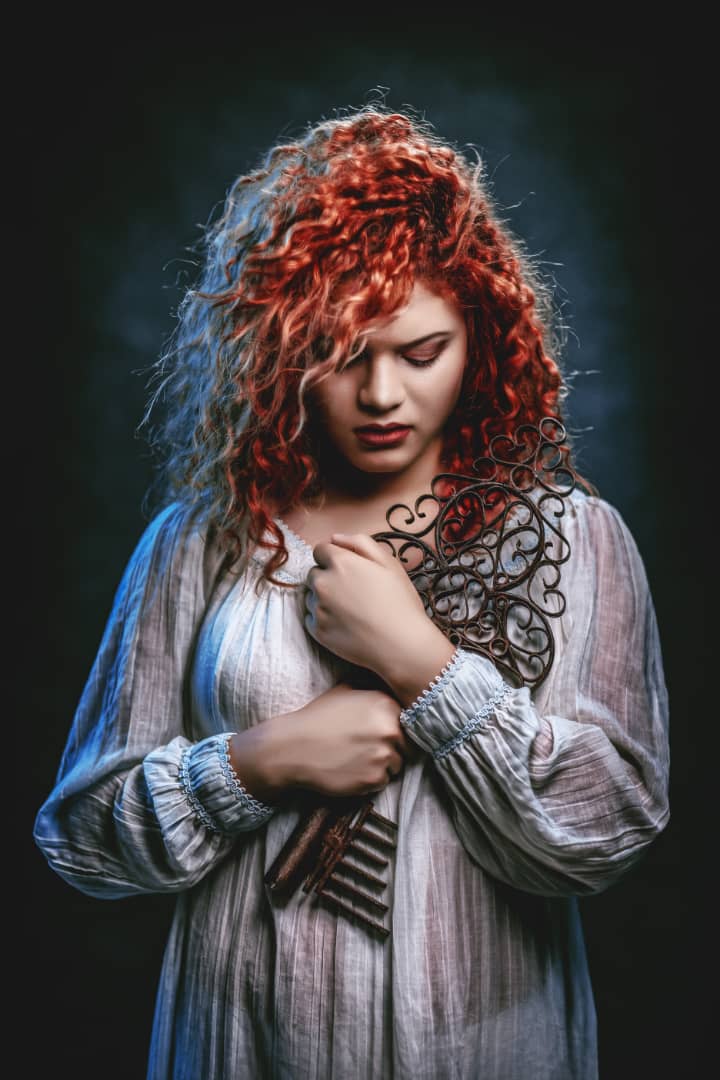 - I observe that among all the topics, you prefer the human figure ...
- I observe that among all the topics, you prefer the human figure ...
Practically 95 percent of my work is from the human body. Each person is a world and I like to project the essence of it. The portrait is the one that fills me spiritually. I love looking for an integration between the person and nature. I have also taken photos of social criticism and am experimenting with small things, which go unnoticed by the human eye. Everything has its grace.
- Who supports your dreams in this polychrome universe?
My wife is essential. I owe her a lot, she suggests ideas and she is always there. I also thank the guys who work with me, my team.
- What do you advise those who are interested in practicing the specialty?
Study, study and study. The first thing is to educate your eyes. When your eyes are educated as an artist you are able to differentiate the artwork from the vulgar. Also, study theory and practice. There are those who believe that a good camera is enough, but you have to know how to regulate the light to achieve the final result, that you see frozen movements, or fluid and out of focus, or a sharp, focused background, depending on what you want to achieve in each case.
Photos should be taken every day. Never believe that you are better than others and learn from everyone. The camera does not make the photographer, the photographer makes himself every day, looking for a projection and a style with which he feels identified. That is the goal.
...
Without ego or triumphalism, Yoandry surpasses himself daily. He is surprised that I asked to interview him and that speaks a lot about him. His sensitivity and talent will surely surprise us in the future.






